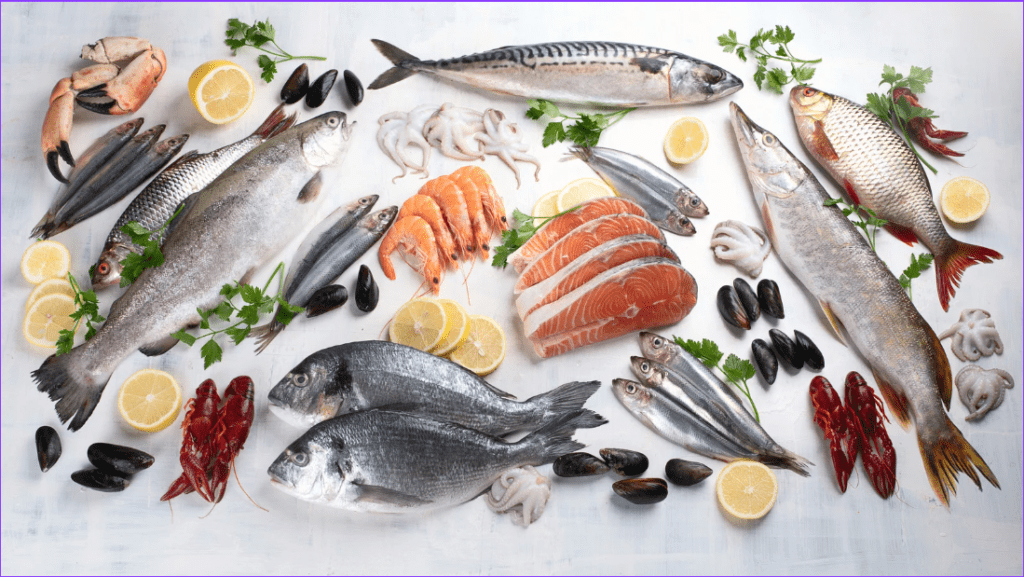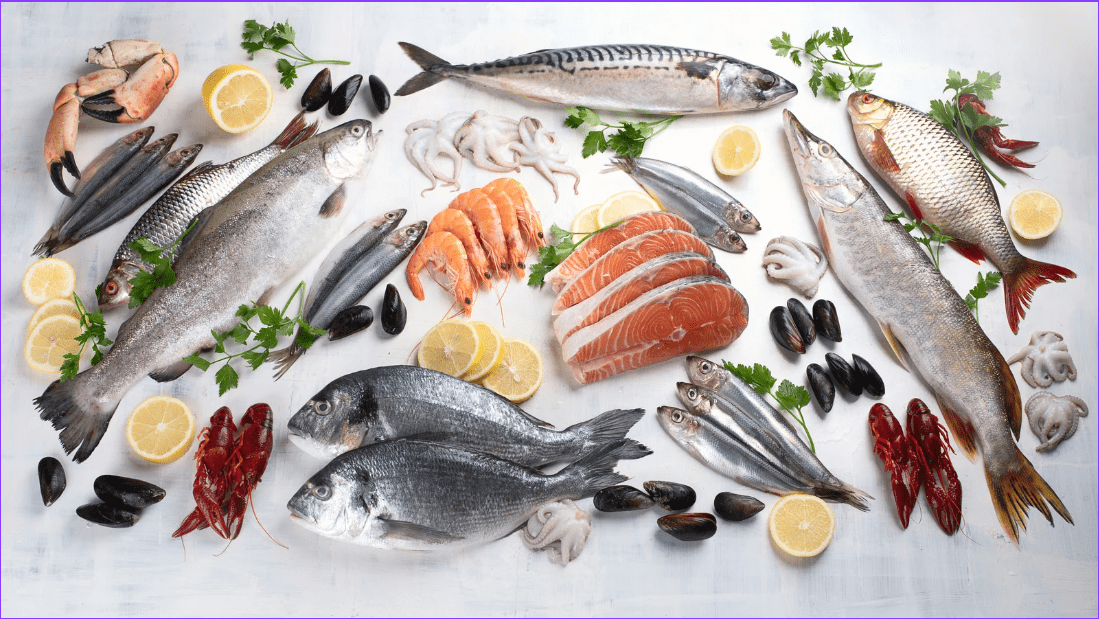The Health Benefits of Choosing Poultry and Seafood Over Beef
Exploring Healthier and Greener Dietary Choices: The Rise of Poultry, Seafood, and Sustainable Alternatives in Modern Diets
Health Benefits of Poultry and Seafood
Health-conscious individuals are increasingly reducing their consumption of beef, steaks, and deli meats and opting for alternatives like poultry and seafood. These options have proven to be more beneficial not only for health reasons, as they have been linked to a lower risk of heart disease, diabetes, and cancer, but also for the environment. Compared to beef, chicken, and fish have a lower environmental impact as they require less land and resources and produce fewer greenhouse gas emissions. Additionally, opting for smaller fish like herring and sardines and shellfish like clams and oysters can further enhance these benefits.

Golden’s Recommendations: Embracing Small Fish
According to Christopher Golden, an assistant professor at the Harvard T.H. Chan School of Public Health, replacing land-based food sources, particularly red meat, with aquatic options is a much healthier and environmentally friendly. Instead of popular seafood choices like farmed salmon or canned tuna, Golden suggests trying mackerel or sardines. Small fish like anchovies, herring, mackerel, and sardines are excellent sources of protein, iron, zinc, vitamin B12, and heart-healthy omega-3 fatty acids, which can help reduce inflammation and promote proper blood lipid balance. Additionally, consuming the entire fish, including the bones, also provides calcium and vitamin D. However, cooked mackerel bones are not recommended due to their sharpness. Still, canned mackerel bones are safe to eat.
Another advantage of consuming small fish is a lower risk of contaminants like mercury and polychlorinated biphenyls (PCBs), which are more prevalent in larger fish like tuna and swordfish. This is because larger fish feed on smaller fish, resulting in higher toxin levels.
Sustainability and Safety Considerations
In terms of sustainability, consuming small fish directly is more environmentally friendly than using them to produce fish meal, which is often used as feed for farmed animals like salmon, pork, and poultry. According to Golden, the feed for these animals also requires land, water, pesticides, and energy, similar to the grain used for cattle feed. However, some companies have started using fewer fish meals, and some have even developed highly nutritious feeds that do not require fish meals at all. The Mediterranean diet, known for its heart-healthy benefits, promotes the consumption of small fish like fresh sardines and anchovies.
Exploring Alternative Seafood Choices
Canned options are also available and more affordable. However, it is important to note that canned anchovies are often high in sodium due to the salt-curing process, which can raise blood pressure. Sardines packed in water or olive oil can be enjoyed on crackers or bread, prepared like tuna salad, added to a Greek salad, or tossed with pasta with tomato sauce or lemon, capers, and red pepper flakes. Golden also recommends pickled herring, which can be found in supermarkets or made at home.
Diversifying with Bivalves: Nutritional and Environmental Aspects
Bivalves, such as clams, oysters, mussels, and scallops, are a good source of protein and micronutrients like zinc and vitamin B12. Zinc is essential for a healthy immune system, while vitamin B12 aids in the production of red blood cells and nerve health. Bivalves are also considered a more sustainable source of animal-based protein as they do not require feed and can help filter and clean water. However, following FDA guidelines for safe seafood consumption is important, as water pollution can contaminate bivalves. While seafood is commonly associated with coastal cities, it is readily available throughout the United States. For more uncommon varieties, larger Asian markets may have a wider selection, according to Golden.
Accessibility and Future Trends in Aquatic Foods
Those looking to incorporate more aquatic options into their diet can even consider consuming aquatic plant foods like seaweed and kelp. Seaweed is commonly used in sushi and is available as a snack in many grocery stores. More adventurous individuals can try kelp jerky or a kelp burger, which can be found online. The nutrient content of seaweed varies based on the species. Still, it is generally low in calories, high in fiber, and a good source of iodine, a mineral necessary for thyroid hormone production. It also contains various other minerals and vitamins, similar to land-based vegetables. While aquatic plant foods are not yet mainstream in the United States, Golden predicts they may become more popular.
Source:
Julie Corliss (March 22, 2023). Why eat lower on the seafood chain? Harvard Health Publishing. https://www.health.harvard.edu/blog/why-eat-lower-on-the-seafood-chain-202303222904. Accessed May 3, 2024
Disclaimer:
The contents of this article are for information purposes only. They should not be used as a substitute for consultation from a healthcare provider who may know about your health condition.
Category
- Health Issues (69)
- Healthy Diet (46)
- Herbs for Health (11)
- Mental Health (32)
- Skin Care (20)

